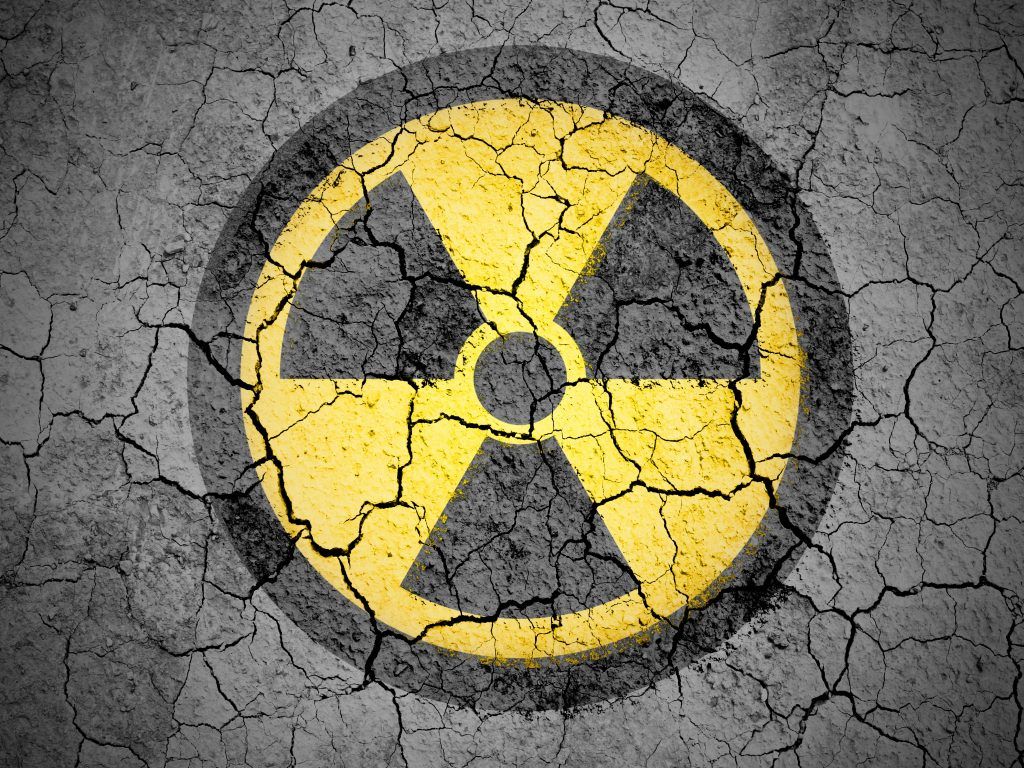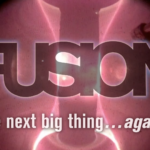A better direction for low-dose radiation research
By Jan Beyea | February 12, 2018

With bipartisan support, the US House Science, Space, and Technology Committee recently passed a bill to revitalize low-dose radiation research. The bill, which would authorize an estimated $96 million in funding, has also garnered support from researchers and groups with opposing views on the seriousness of effects of ionizing radiation in the low-dose region, defined as being below 100 millisieverts—roughly the amount of radiation from 10 CT scans.
Studies of excess cancers among survivors of the Hiroshima and Nagasaki bombings have estimated a 1 percent increase in long-term cancer risk for adults receiving a dose of 100 millisieverts (the risk is higher for children), with the risk below that level declining in proportion to the dose. However, stakeholders and researchers with different hypotheses continue to debate whether or not downward extrapolation by dose magnitude—the “linear no-threshold” model deemed most reasonable by a National Research Council committee of experts—is the best way to estimate risk. Some experts argue that the cancer risk drops off more quickly than estimated at lower doses, while others say that the risk at very low doses might actually be underestimated by the linear no-threshold model. A small group of researchers insists that radiation has beneficial effects at low doses, with some claiming that conspiracies dating back to the 1950s held back the truth of this theory of radiation “hormesis.” (For a detailed rebuttal of such charges, see my April 2017 article in Environmental Research.)
Although the House committee voted unanimously to send the proposed bill to the full chamber, there is no companion bill in the Senate, and past legislation to expand low-dose radiation research has died there. If the new bill manages to successfully navigate the political currents of 2018, proponents hope that it will give the nuclear industry a boost, by reducing public fears of radiation-caused cancer. I doubt that renewed radiation research would achieve that goal, but that’s not to say that it would be useless. Done well, it could lead to a better understanding of the social factors that drive radiation fears, and of the risks and benefits associated with widely used medical diagnostics such as CT scans.
Why is new research being proposed? One of the goals for the proposed legislation, according to a statement by committee chairman Lamar Smith, a Texas Republican, is to enable “federal emergency response agencies to more accurately set areas of evacuation for a radiological incident like a nuclear power plant meltdown.” Agencies, however, are not necessarily the prime drivers of evacuations. People at Fukushima, cell phone records tell us, self-evacuated from the 10-kilometer zone surrounding the plant before an evacuation order was given. The public’s perception of risk, and its trust in authorities, is paramount in managing evacuations and relocations.
The hope of many supporters of the proposed legislation, voiced by Rep. Roger Marshall, a Kansas Republican, is that it may assist “the development of nuclear energy opportunities,” in part by reducing the size of nuclear plant evacuation zones. The bill’s supporters presume that the finding of a threshold or hormesis region would demonstrate that the existing linear no-threshold model is an over-protection that, as Northwestern University radiation biologist Gayle E. Woloschak wrote in a letter of support for the bill, “may be wastefully expensive and deplete funds that could be used for other strategic goals for the nation.”
Past research by the Energy Department to upend the linear model has failed to fulfill that dream, finding health effects below 100 millisieverts from even protracted exposures. There is so much existing epidemiological data from exposed workers, patients receiving medical diagnostics, and residents living around the Soviet nuclear complex—as well as the Japanese atomic bombing survivors—that new research, whatever it shows, will need to be interpreted in the light of all the evidence. That will likely leave stakeholders and experts debating for a long time, and the public confused.
Inherent uncertainty. New radiation research is likely to carry uncertainties, which means government policy must be conservative in its choice of the best dose-response model to use. Why is it difficult to tease out risks at low doses? Individual risks from medical diagnostics and from the (fortunately) limited releases of radioactivity at Fukushima are generally low under the linear extrapolation model. They are small compared with background disease rates, challenging epidemiological methods. The difficulty of finding effects among background cancers is actually good news for exposed individuals. However, the social risk is sufficiently large to justify keeping doses as low as reasonably achievable and balancing risks against benefits.
My colleagues and I call radiological events “reverse lotteries”: The individual risk of drawing a cancer-causing “ticket” from an event such as the Fukushima meltdowns is small, but because so many people are part of the lottery, real people do get impacted when they draw losing tickets.
Prospective risks and retrospective risks are perceived differently. If I learned that my family and I had already been exposed to a 1-in-1,000 cancer risk, I would be angry, but I would realize that the odds were highly in our favor; none of us would likely be injured. However, if you asked me to relocate to contaminated land where my children would be exposed to a 1-in-1,000 chance of cancer, I would want to stay away unless there were major benefits associated with the move, or if I thought I couldn’t afford to do otherwise. Risk tradeoffs are personal, and families can be painfully split on the best decision, as happened at Fukushima.
Redirecting the research. Despite the importance of social factors in radiation events, research into the direct effects of low-dose radiation—cancer incidence, for example—continues to make scientific, medical, and long-range policy sense if administered in a balanced fashion, something that needs watching under the current administration. Direct biological effects should not be the only research supported, however. One research topic I would vote for is benefit-risk calculation for medical diagnostics that use ionizing radiation. Quantitative research in this area is currently skimpy on the medical benefits side. When studied, rather than assumed, the benefits of medical diagnostic procedures usually—but not always—exceed the risk under the linear model. Results from quantitative studies of the avoided risk from medical diagnostics, which are hard to do without extensive support, could be used with any dose-effects models to inform both doctors and patients as to when to review diagnostic plans carefully for alternatives. Results from such research could also guide agencies and manufacturers in setting priorities for dose reduction.
Having served on a committee that reviewed lessons learned from the Fukushima accident, I would also vote for increased social-science research focused on understanding and responding to fear and its consequences, research that would be useful for responding to the next nuclear accident or to a possible “dirty bomb” terrorist attack using radioactive material. Implicit in much of the support for new funding of low-dose studies is the idea that the public will be calmed by hypothetical, revisionist research—and accepting of revised radiation standards. However, the idea that more research on radiation and cancer is going to reduce people’s fear after an accident is very questionable.
A major obstacle is that members of affected publics, ranging from the mothers of young children to sheep farmers facing restrictions on sales as a result of radioactive fallout after the Chernobyl accident, have worried that the experts don’t actually know the true risks. Long-term psychosocial distress is a consequence of radiation exposure that has gotten little policy attention, other than to look for thresholds.
“Soft” social-science research is unlikely to become a priority in the United States under the current administration—or if it does, the idea would be to straighten out the confused public. The real need is to find ways to help people understand what they are going through, help them find information that they can trust, and help them deal with uncertainty.
Together, we make the world safer.
The Bulletin elevates expert voices above the noise. But as an independent nonprofit organization, our operations depend on the support of readers like you. Help us continue to deliver quality journalism that holds leaders accountable. Your support of our work at any level is important. In return, we promise our coverage will be understandable, influential, vigilant, solution-oriented, and fair-minded. Together we can make a difference.
Topics: Nuclear Energy, Opinion















